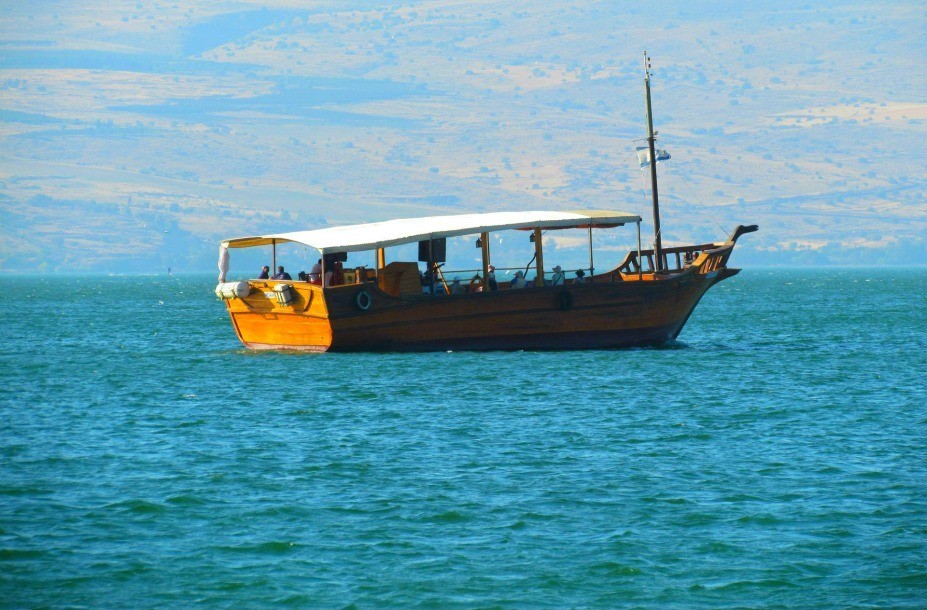Tzffat, Tiberius & Mt. Meron
Tour Program:
We begin by traveling north passed Hertzliya and Natanya up the Mediterranean coast of Israel then turn inland and travel through the plain of Armageddon where we can see Megiddo (Chronicles II 35:20-27).
We reach the city of Tiberias on the shores of the Sea of Galilee. The city was established in the 1st century by King Herod and archaeological excavations have revealed structures from the Mishnah and Talmud periods (1st – 5th centuries). We visit the ancient grave sites of two esteemed sages.
Rabbi Baal HaNes was believed to be a miracle worker, he was one of Rabbi Akiva’s pupils and his grave is one of the most visited grave sites in the country.
Although the original structure which marked the grave of Rabbi Meir was destroyed by an earthquake in 1337 two stone pillars remained marking the grave’s location. Today a new structure which was built in 1867 marks the Rabbi’s grave and the two original pillars have been incorporated into the tomb. From a distance it is possible to see the distinctive blue and white domes of the tomb.
At the grave site there are separate prayer areas for men and women and study areas for both Ashkenazim and Sephardim. Near the grave site are vendors selling religious souvenirs, candles, books and posters of revered Rabbis.
We visit the tomb of Rabbi Moshe Ben Maimon (Rambam) he penned the fourteen volumes of the Mishne Torah and is respected as a great sage, philosopher, scholar and doctor. Ramban passed away in Egypt in c.1235 and his final wish was to be brought to the shores of the Kinneret to be buried in Tiberias.
We continue on to Safed, a hill top city and one of four holy cities in Israel. We walk through the historic city and the narrow alley ways of the Old City, we visit the Ari HaKodosh synagogue, the Isaac Luria Visitor Center and the Artists Quarter.
Our next stop is at Mount Meron where Rabbi Shimon Bar Yochai (Rashbi) a 2nd century sage is buried. Rashbi wrote the Zohar, the primary text of the Kabalah movement. It is believed that he penned the Zohar while in hiding from the Romans following the destruction of the Second Holy Temple.
Rashbi is believed to have passed away on Lag B’Omer, the same day that a plague ended which had taken the lives of Rabbi Akiva’s pupils. Rashbi’s grave is the site of Lag B’Omer celebrations each year when thousands of Jews gather here and light bonfires, dance, rejoice and also traditionally give their three year old sons their first haircut.
The tomb is used for prayer both by men and women in separate areas and outside the tomb you can find stalls selling religious mementos, head coverings, religious books and artifacts. Important Information
Package includes:
- ✓Licensed Guide.
- ✓Program as in the below.
- ✓Transportation with an AC touristic Coach.
- ✓Entrance Fees .
- ✓Pilgrim Certification .
Package does not include:
- –Personal Health Insurance
- –Tips to service provides
- –Entry Visa

